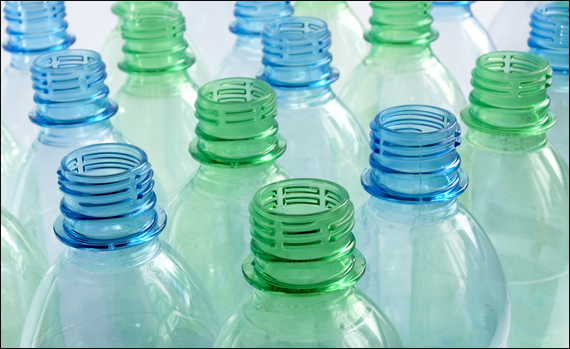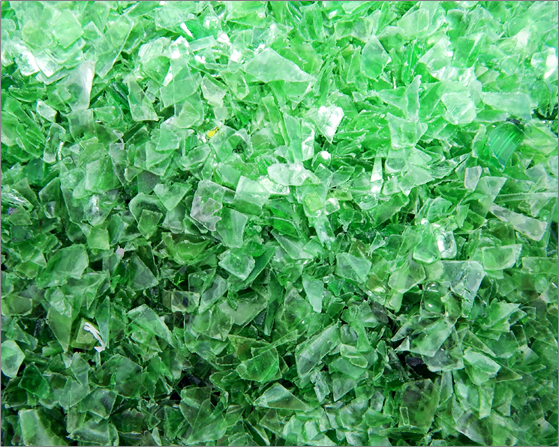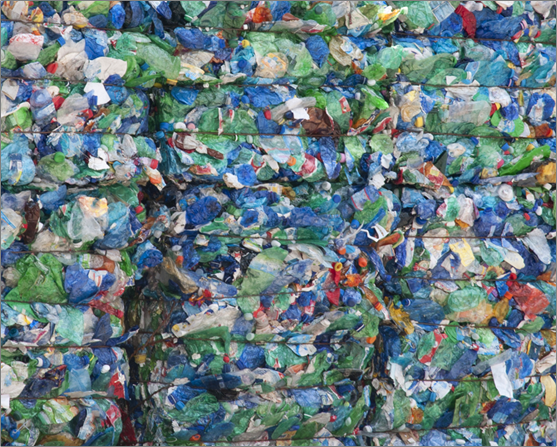Research and Technology

The Circular Economy of PET packaging is a shared responsibility of several actors. As a recycler, Global PET plays a key role in the revaluation of this waste by performing the recovery of the packages through its mechanical recycling, guaranteeing the possibility of reusing the recycled raw material in the production of new packaging and, thus, closing the life cycle of the product.
The mechanical recycling process of PET bottles consists of 5 main steps. Are they:
![]()
![]() Grinding and Sorting
Grinding and Sorting
![]()
![]() Cleaning
Cleaning
![]()
![]() Extrusion (drying, granulation and crystallization)
Extrusion (drying, granulation and crystallization)
![]()
![]() Post-condensation
Post-condensation
Grinding and Sorting
The process of recycling PET bottles has its first industrial stage happening in the grinding of the bottles. At that moment the decharacterization of the bottles happens, that are transformed into small pieces of PET, which we call Flakes, nomenclature internationally used to describe the “flakes” of PET.
At Global PET, this process was developed to happen in the most economical way possible, having the characteristic equipment that guarantees low loss of raw material by the formation of fine particles, called PET powders, electrical energy savings and less need for knife maintenance mills.
In addition, Global PET has applied NIR (Near Infrared) technology in the selection of PET bottles, ensuring that each type of product has its purity and quality worked from the first stage of recycling.


Wash Flakes
After the milling step, it is necessary to remove from the PET flakes several residues that remain adhered to the PET and the adhesive that is used to fasten some types of labels on the bottles, for that Global PET uses the equipment developed in the own company, with technology engineering, physics and chemistry, managing to remove the residues to the maximum. This process was developed with a concern that the process is efficient in washing and economical in relation to water consumption.
The result is a washing line that uses only 400 liters of water for each ton of washed PET, a number unmatched by other technologies around the world.
In addition, more NIR sensors ensure that the product comes out of the wash and goes to the extruder in an excellent condition for the manufacture of new PET packaging.
Extrusion
This process has two main functions, firstly to turn the Flakes into pellets, which are small grains of PET, in regular format and suitable for feeding injectors or extruders in the industrial processes that will give rise to new packaging. Second, promote PET filtration in a stainless steel mesh that retains particles larger than 78 micrometers (meter / 1,000,000).
At Global PET this process has been developed to cause the least possible thermal degradation, avoiding that the material is darkened due to the high temperature in which this process happens, about 290ºC.
Post-condesation
After rinsing out food and adhesive residues and extruding solid impurities from the polymer, the post-condensation process can even remove from the polymer any chemical contaminants that could impart flavor or odor to the products and foods packaged in bottles made with resin Recycled PET-PCR.
This process also regenerates the PET molecules were degraded in the steps of forming the original bottles and recycling those bottles.
In Global PET, the post-condensation process is done by batching, allowing different products to be produced without loss or efficiency reduction due to the exchange of one product for another. The flexibility is so great that it allows the company to serve its customers with the materials that best fit their processes, and can vary the Intrinsic Viscosity from values of 0.72 dL / g to values greater than 1.00 dL / g. In other words, Global PET offers different products to different customers, each one of them serving the highest productivity, bottle quality and profitability in its packaging manufacturing processes.
For these reasons, Global PET is the company chosen by major national and multinational brands to develop special recycling and circular economy projects.
